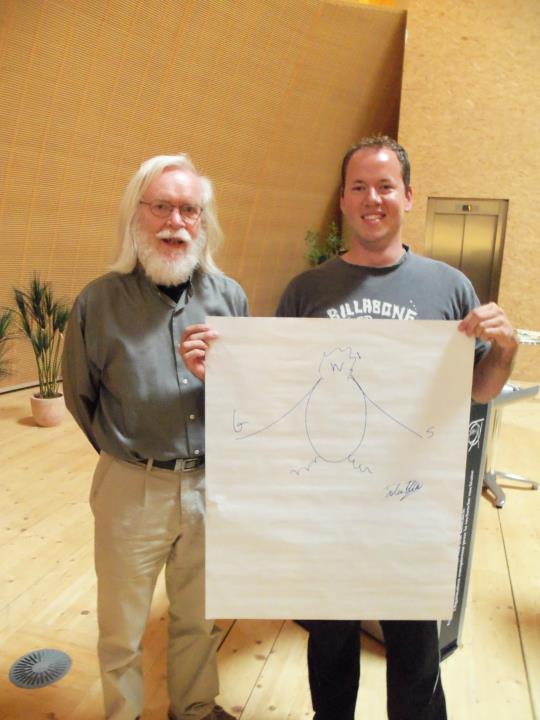JHU Abstract 2014-Antimatter: History, Theory, Detection, and Potential Applications

Antimatter: History, Theory, Detection, and Potential Applications
Shaina Furman (Towson High School), Sylvie Hullinger (Towson High School), James Miller (Towson High School), Jeremy Smith (Hereford High School), Tyler Bradley (Towson High School) , Dr. Morris Swartz (Johns Hopkins University)
The subject of antimatter provides an intriguing field in which physicist can study both the origins of the universe as we know it and research potential medical benefits of exotic particles. Research into potential matter-antimatter asymmetries could shed light on the first few moments after the Big Bang, when matter became a dominant form of mass in the universe and antimatter mysteriously disappeared. This asymmetry, called Charge Parity (CP) violation, would explain why we are able to exist as ordinary matter and why the universe doesn’t consist of a primordial soup of radiation. CP violation can be described in terms of quark mixing probabilities in the Cabibbo-Kobayashi-Maskawa (CKM) matrix. Various experiments, including ALPHA and Babar, work to uncover the properties of antimatter that cause CP violation. Antimatter research also has more earthly applications; currently, Positron Emission Tomography (PET) can be used to accurately identify cancerous cells within the body by detecting the high-energy photons that are emitted during electron- positron annihilation. In addition, antiprotons can be fired into tissue in order to irradiate cancerous cells in a precise volume while causing minimal damage to the surrounding healthy tissues. Unfortunately, the cost of antimatter severely limits the development of these processes; currently, one gram of antimatter costs 100 trillion dollars to produce.